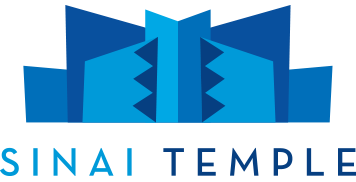The Torah can be divided into two parts. The Rabbis teach, dorosh dorash Moshe, the first half of the Torah is Moses asking questions. That is the essence of Jewish education-asking questions, and that is the crux of our Pesach Seder. The Rabbis explain the second part of the Torah is vayishma Moshe, Moses listened and learned.
To do this, we must have a willingness to accept what we discover. The 19th century Torah commentator, Malbim, looks at the wicked child and notes that the response to this child is written in the third person.
Why?
This child only asks questions and does not wait for answers. The truth is not possible because he cannot deal with its moral obligations.
So much of our lives we spend in the first part of the Torah, asking wonderful questions, but not having the patience to receive an answer.
In this week’s parsha, we pass the midpoint of the Torah. For the last 180 days, we have asked ourselves too many questions about our Jewish identity and the events in the State of Israel.
It was on October 7th that we started to read the Torah from the beginning. It is this Shabbat, of Shemini, that we start to find our answers.
This Shabbat, we bring in the month of Nisan, where we celebrate Passover, the holy day full of questions. This Shabbat, we also commence our search for those answers.


